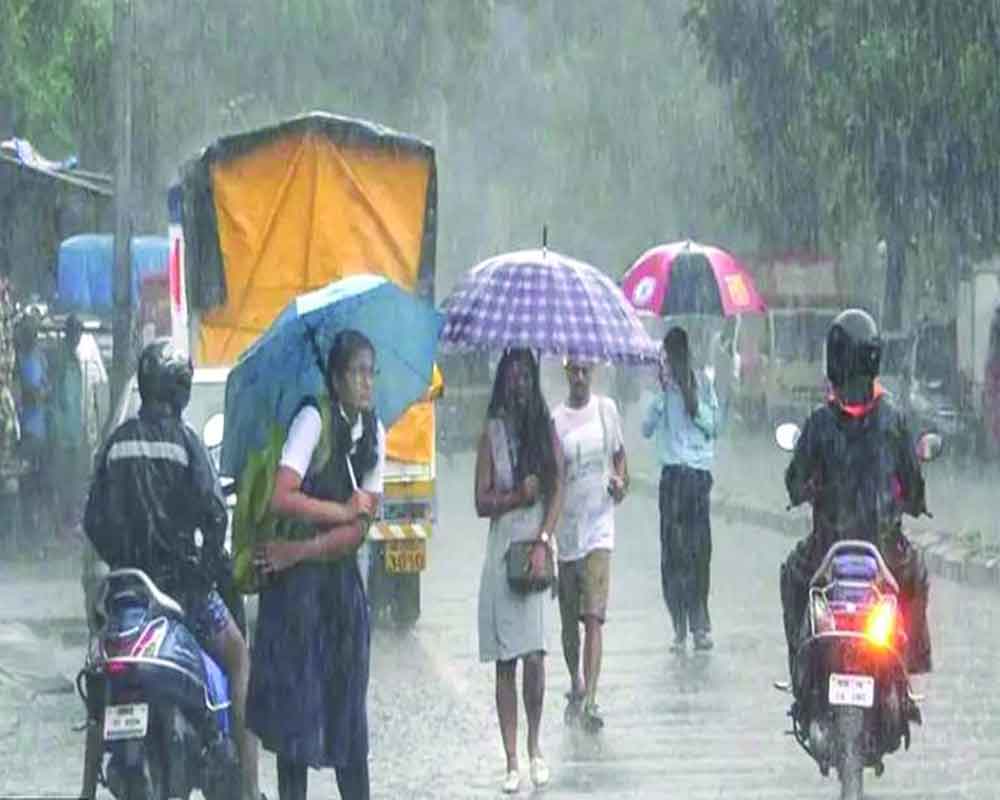Five types of extreme weather events are linked to human-induced climate change
If any further proof of the omnipresent climate change conditions playing havoc with our planet’s ecology and nature was needed, here it is! For some time, the science of attribution has led to major advances in linking the impacts of extreme weather and human-caused climate change, but large gaps in published research still obscure the full extent of damage from climate change. A new report published last week in the first issue of Environmental Research: Climate, a new academic journal, quoted researchers from the University of Oxford, Imperial College London and the Victoria University of Wellington reviewing the impacts of five different types of extreme weather events and to what degree these damaging events could be attributed to human-induced climate change. To do this, they combined information from the latest Intergovernmental Panel on Climate Change (IPCC) reports and results from a fast-increasing body of attribution studies — where weather observations and climate models are used to determine the role that climate change played in specific weather events. They found that for some extreme weather events, such as heat waves, the link with climate change is clear and unequivocal across the world, and that the extent of the impacts is likely being underestimated by insurers, economists and Governments across the globe.
For others, such as tropical cyclones, the study shows that important differences exist between regions and the role that climate change plays in each event is more variable than for heat waves. There is an urgent need for more data from lower- and middle-income countries, where the impacts of climate change are more strongly felt. Research on these impacts is hampered when national weather data is not publicly available — examples include South Africa and India. A case in point would be the ongoing southwest monsoon. While it has staged a smart recovery and the Indian Meteorological Department has predicted enhanced rainfall alert in Konkan, Goa, Gujarat and Odisha, several States still have not been able to cover the shortfall due to a weak start in rains. These are largely concentrated in the central, north-western parts of the country, and Bihar and Jharkhand in east India, besides parts of Tamil Nadu and Kerala, the last named being usually the first State in the Indian subcontinent to welcome the southwest monsoon. It’s time to wake up to this very real danger which affects everybody. Everybody!


























